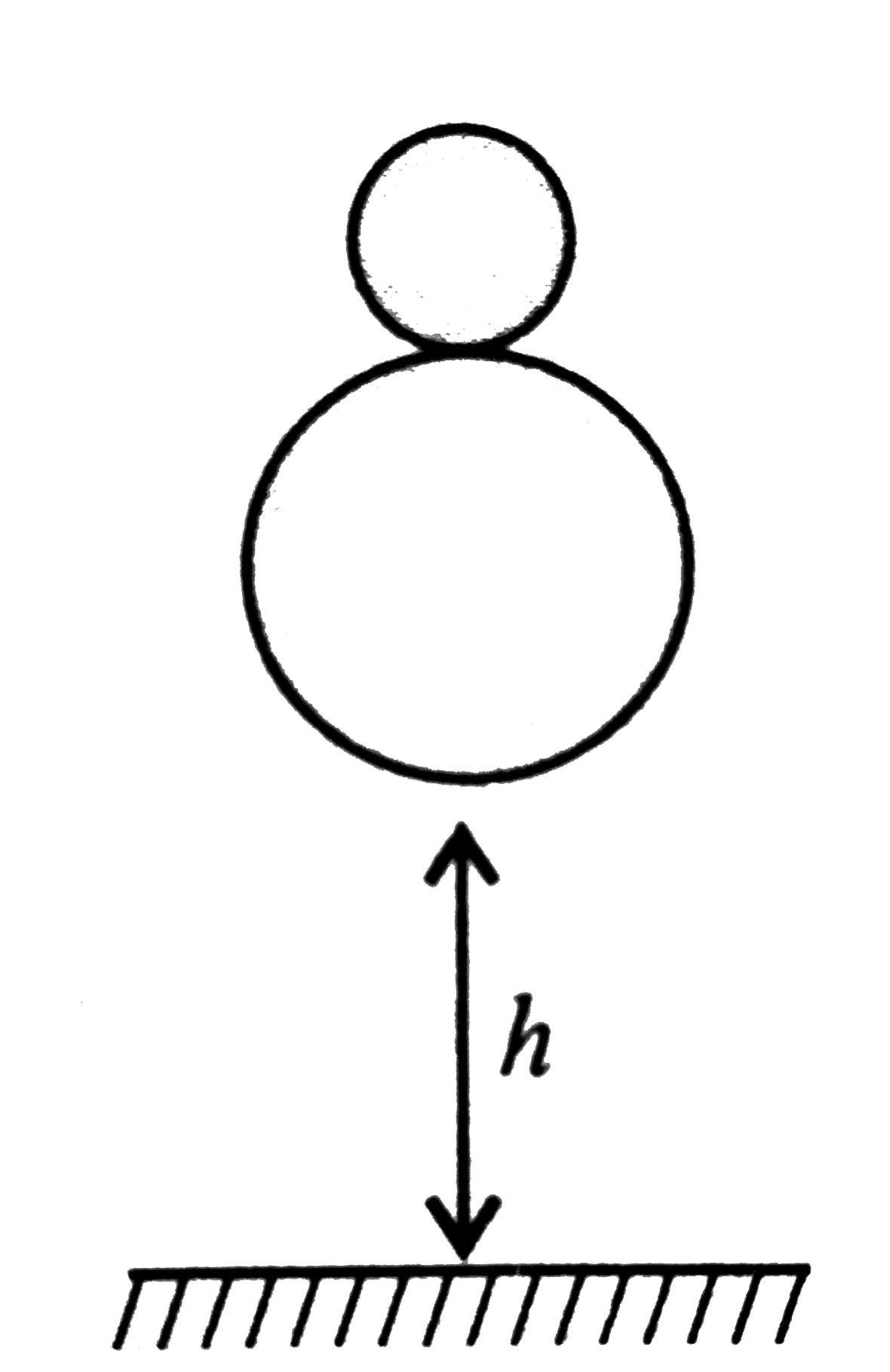Why does a tunnis ball bounce heigher on a hill than on plains?
To understand why a tennis ball bounces higher on a hill than on flat plains, we can break down the explanation into several steps:
Step 1: Understanding Gravitational Acceleration
The gravitational acceleration (g) at the surface of the Earth is defined by the formula:
g=GMr2
where G is the gravitational constant, M is the mass of the Earth, and r is the radius of the Earth.
Step 2: Effect of Height on Gravitational Acceleration
When you are on a hill, you are at a height (h) above the flat plains. The distance from the center of the Earth increases to r+h where r is the radius of the Earth. The new gravitational acceleration at this height (g') can be expressed as:
g′=GM(r+h)2
Step 3: Expanding the Gravitational Formula
Using the binomial expansion for small heights (h) compared to the radius of the Earth (r), we can approximate:
g′≈GMr2(1−2hr)
This shows that:
g′<g
indicating that the gravitational acceleration decreases as you go higher.
Step 4: Implications of Reduced Gravitational Acceleration
Since the gravitational force acting on the tennis ball is less on the hill (g' < g), the ball experiences less downward force when it hits the ground. This means that the energy lost to the ground during the bounce is less, allowing the ball to bounce higher.
Step 5: Conclusion
Thus, the reason a tennis ball bounces higher on a hill than on flat plains is that the gravitational acceleration is reduced at higher altitudes, resulting in less force pulling the ball back down after it bounces.
The gravitational acceleration (g) at the surface of the Earth is defined by the formula:
g=GMr2
where G is the gravitational constant, M is the mass of the Earth, and r is the radius of the Earth.
When you are on a hill, you are at a height (h) above the flat plains. The distance from the center of the Earth increases to r+h where r is the radius of the Earth. The new gravitational acceleration at this height (g') can be expressed as:
g′=GM(r+h)2
Using the binomial expansion for small heights (h) compared to the radius of the Earth (r), we can approximate:
g′≈GMr2(1−2hr)
This shows that:
g′<g
indicating that the gravitational acceleration decreases as you go higher.
Since the gravitational force acting on the tennis ball is less on the hill (g' < g), the ball experiences less downward force when it hits the ground. This means that the energy lost to the ground during the bounce is less, allowing the ball to bounce higher.
Thus, the reason a tennis ball bounces higher on a hill than on flat plains is that the gravitational acceleration is reduced at higher altitudes, resulting in less force pulling the ball back down after it bounces.
Topper's Solved these Questions
- BOOK - VMC MODULES ENGLISHCHAPTER - GRAVITATIONEXERCISE - LEVEL -0 Long Answer Type3videos
GRAVITATION
- BOOK - VMC MODULES ENGLISHCHAPTER - GRAVITATIONEXERCISE - Level-1 MCQs60videos
GRAVITATION
- BOOK - VMC MODULES ENGLISHCHAPTER - GRAVITATIONEXERCISE - LEVEL -0 Short Answer Type – I6videos
GRAVITATION
- BOOK - VMC MODULES ENGLISHCHAPTER - GASEOUS STATE & THERMODYNAMICSEXERCISE - JEE ADVANCED (ARCHIVE )111videos
GASEOUS STATE & THERMODYNAMICS
- BOOK - VMC MODULES ENGLISHCHAPTER - INTRODUCTION TO VECTORS & FORCES EXERCISE - JEE Advanced ( ARCHIVE LEVEL-2)12videos
INTRODUCTION TO VECTORS & FORCES
Similar Questions
Why does a plant wilt?
View SolutionWhy has the National Forest Commission of India recommended a relatively larger forest cover for hills than for plains?
View SolutionWhy has the National Forest Commission of India recommended a relatively larger forest cover for hills than for plains?
View SolutionA tennis ball with (small) mass m2 rests on the top of a basketball of mass m1which is at a height h above the ground, and the bottom of the tennis ball is at height h+d above the ground. The balls are dropped. To what height does the tennis ball bounce with respect to ground? (Assume all collisions to be elastic and m1>>m2)
 View Solution
View SolutionWhy does ether act as a nucleophile ?
View SolutionWhy does a ball roll for a long time on a smooth surface than on a rough surface?
View SolutionWhy does gallium have higher ionisation energy than aluminium?
View SolutionWhy does water boil at a lower temperature in Nainital than in Delhi.
View SolutionWhy does napthalene sublime ?
View SolutionWhy does a muscle get fatigued?
View Solution

